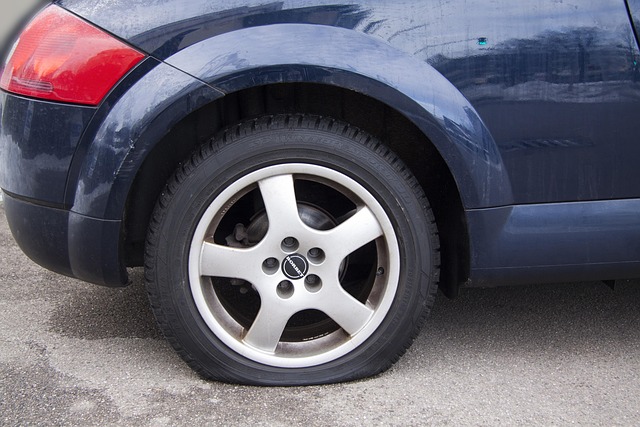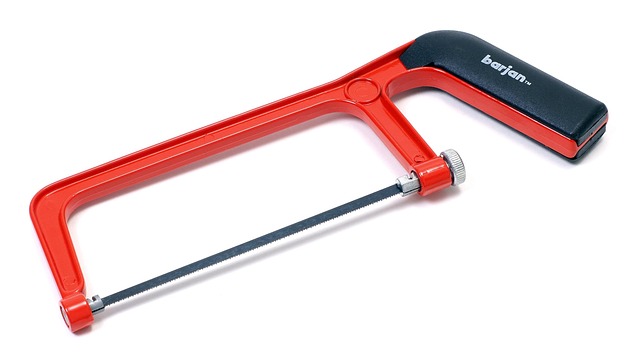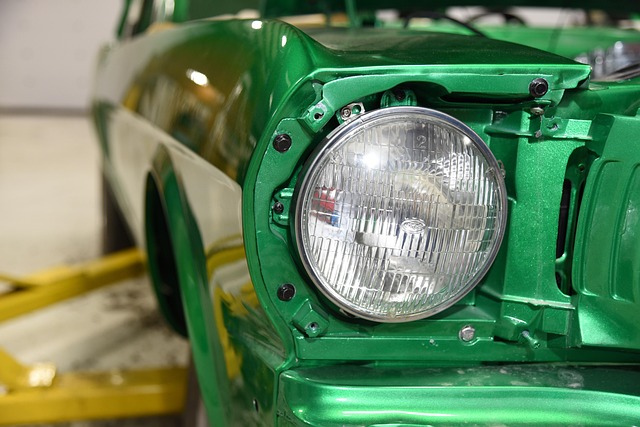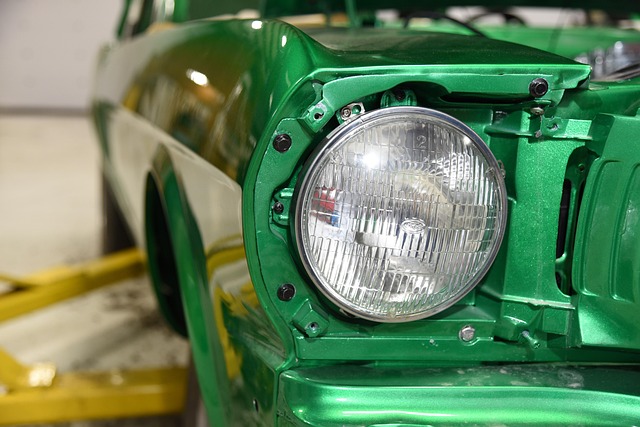Selecting eco-friendly materials like recycled metal sheets for frame repairs and bio-based composites for body work is a key step in achieving environmentally safe repairs. This growing trend reduces pollution, conserves resources, promotes a circular economy, saves costs, and improves fuel efficiency. Auto repair shops adopting these green alternatives not only contribute to sustainability but also stay competitive as consumer awareness and regulatory pressures increase.
In today’s eco-conscious world, adopting environmentally safe repair practices is not just a moral imperative but also a viable pathway towards sustainability. This comprehensive guide delves into the tools and materials that underpin these efforts, focusing on choices that minimize ecological footprints. From sustainable material options to innovative, eco-friendly tools, we explore best practices proven to reduce waste, conserve resources, and foster a greener repair landscape. Join us as we navigate this evolving tapestry of green repairs.
- Choosing Eco-Friendly Materials for Repairs
- – Overview of sustainable material options
- – Benefits of using recycled and non-toxic materials
Choosing Eco-Friendly Materials for Repairs

When embarking on an environmentally safe repair project, selecting eco-friendly materials is a pivotal step. This involves opting for products that are not only durable and effective but also minimize harm to the planet. For instance, in auto frame repair, consider using recycled or biodegradable materials instead of traditional toxic paints and solvents. These alternatives reduce environmental impact while ensuring structural integrity.
Similarly, body shop services can embrace sustainability by choosing green materials for various tasks like tire services. Modern technologies offer non-toxic options for repairing and replacing tires, cutting down on waste and emissions. By making these conscious choices, repair professionals contribute to a greener future, proving that environmentally safe repairs are both responsible and feasible.
– Overview of sustainable material options

The shift towards environmentally safe repair practices is gaining momentum across various industries, and the automotive sector is no exception. Sustainable material options play a pivotal role in this transformation, offering auto body repair shops and enthusiasts alternative choices that minimize ecological impact. One prominent trend in eco-friendly repairs is the use of recycled content materials, such as recycled metal sheets for auto frame repair, which reduces the demand for virgin resources and diminishes carbon emissions associated with production.
These green alternatives are not only beneficial for the planet but also offer performance advantages. For instance, bio-based composites used in car body restoration can match or even surpass traditional materials’ strength while providing excellent corrosion resistance. As awareness grows among consumers and regulatory bodies push for more sustainable practices, adopting these materials is becoming a necessity for auto repair shops aiming to stay relevant and contribute to a cleaner, healthier environment.
– Benefits of using recycled and non-toxic materials

The choice of materials plays a significant role in making car repair processes environmentally safe. Opting for recycled and non-toxic substances offers numerous advantages. Firstly, it reduces environmental pollution by minimizing the release of harmful chemicals into ecosystems during production and disposal. Many traditional automotive components contain toxic elements like lead or cadmium, which can have devastating effects on wildlife and soil quality if not managed properly. By switching to recycled materials, such as plastic derived from post-consumer waste or bio-based composites, the demand for virgin resources is decreased, leading to a more sustainable approach to car bodywork services.
Moreover, using eco-friendly products promotes a circular economy by giving new life to discarded materials, reducing waste, and lowering the energy consumption associated with manufacturing new components. This not only benefits the environment but also saves costs for vehicle collision repair shops and car repair services in the long run. Additionally, these materials often have lighter weights, contributing to improved fuel efficiency and reduced carbon footprints, especially in the transportation sector where vehicle collision repairs are frequent.
In choosing eco-friendly materials for repairs, we not only reduce our environmental footprint but also contribute to a healthier living space. The benefits of using recycled and non-toxic materials are clear: they minimize pollution, conserve natural resources, and promote sustainability. By incorporating these environmentally safe repair tools and materials into our routines, we can make a positive impact on both the planet and our well-being.














